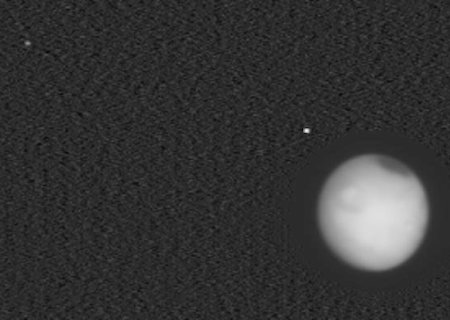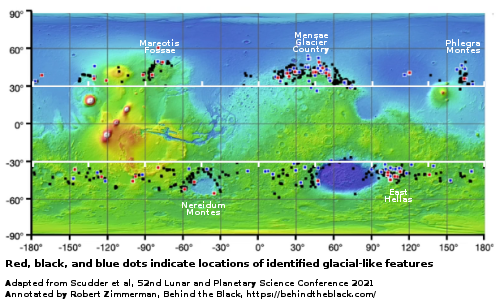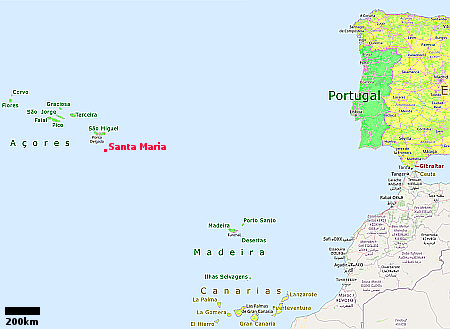One of NASA’s two Tracers satellites just launched has an issue
During the commissioning phase shortly after their launch earlier this week, one of NASA’s two Tracers satellites designed to study the solar wind and its interaction with the Earth’s magnetic field has had an as yet unnamed issue.
During the commissioning process, the team made routine adjustments to the power subsystem on both vehicles. While the adjustments achieved the desired results on one satellite, the other satellite requires further investigation by the team. Commissioning operations are temporarily paused while the team analyzes the situation and determines the appropriate response.
Though the press release provides no other information, it appears the satellite is having a problem producing the power expected.
During the commissioning phase shortly after their launch earlier this week, one of NASA’s two Tracers satellites designed to study the solar wind and its interaction with the Earth’s magnetic field has had an as yet unnamed issue.
During the commissioning process, the team made routine adjustments to the power subsystem on both vehicles. While the adjustments achieved the desired results on one satellite, the other satellite requires further investigation by the team. Commissioning operations are temporarily paused while the team analyzes the situation and determines the appropriate response.
Though the press release provides no other information, it appears the satellite is having a problem producing the power expected.













